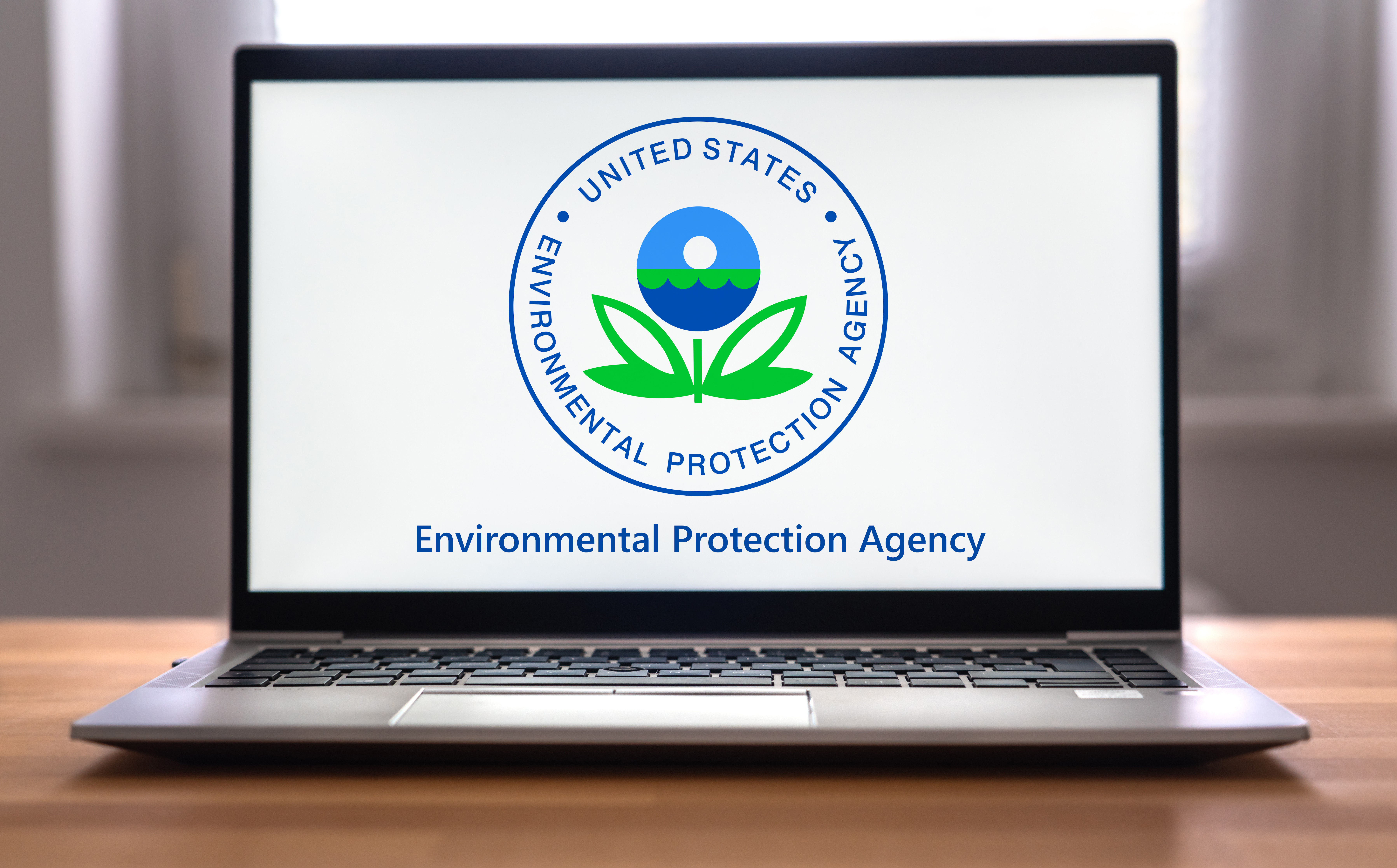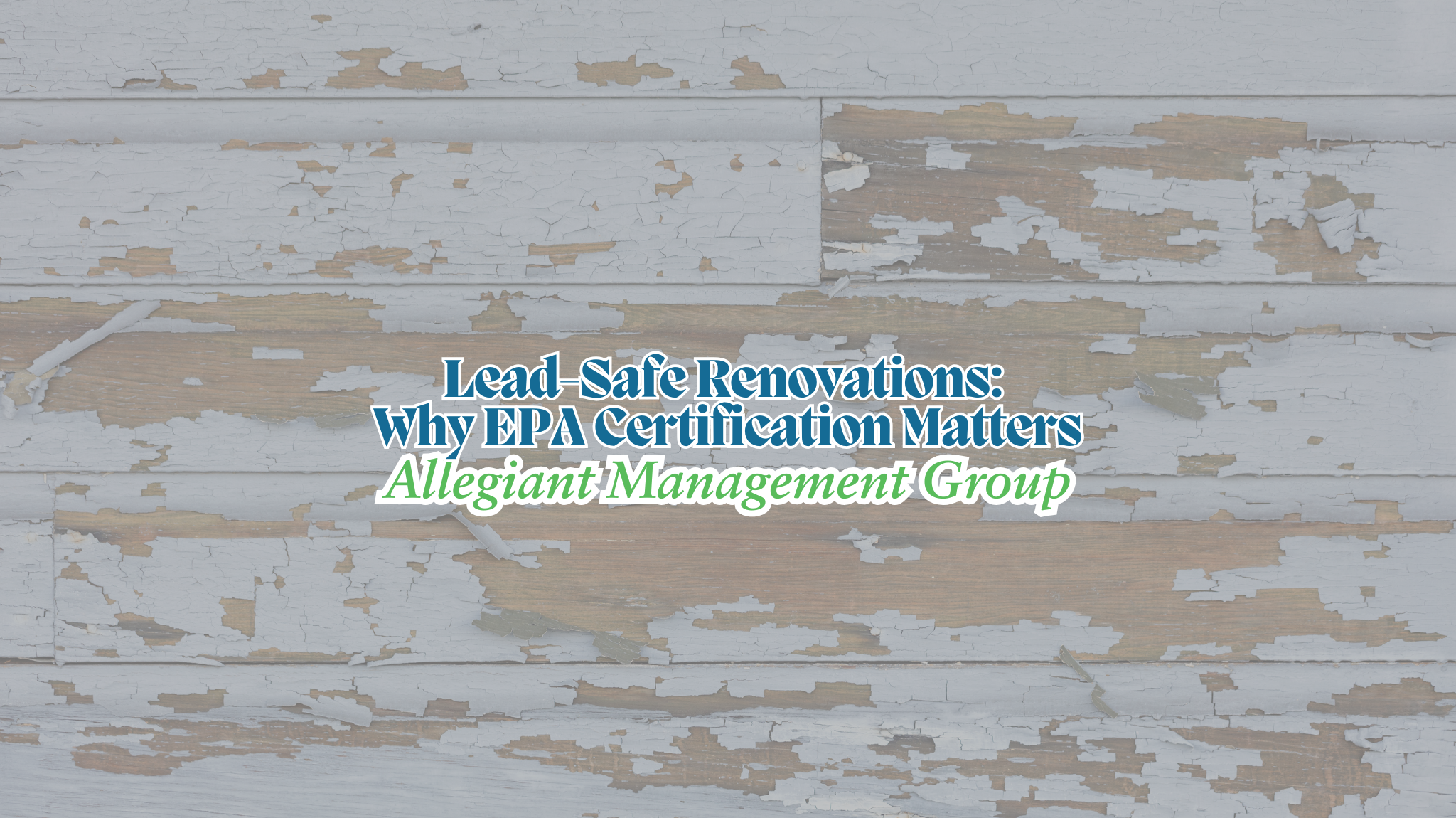Blog Updated: 05/01/2025
Understanding the Importance of Lead-Based Paint Safety, Regulations, and Certifications
Florida is used to new laws, but this law has been around for a long time. Lead-based paint (often called LBP) is a hidden danger in many homes built prior to 1978. Lead exposure via paint chips poses serious health risks, particularly to children and pregnant women.
To address this issue, the United States government passed lead based paint laws in 1978. The lead based paint regulations required changes in how people work with lead based paint hazards. Specifically during renovation and repair of homes built before 1978. With enforcement beginning on April 22, 2010.
The Environmental Protection Agency Lead Renovation Repair Education
The Environmental Protection Agency (EPA) created the Lead-Based Paint Renovation, Repair, and Painting (RRP) Program. Its goal is to lower health risks from lead based paint activities and hazards.
This program has strict rules for contractors and renovators. It focuses on lead paint regulations for older properties. This includes homes built before 1978 (pre-1978 homes) that are at high risk.
Theses homes were often sources of lead exposure. Sickness would occur, and after tests revealed high blood lead levels, the conclusion became clear. Someone had to do something., so the U.S. Government enacted new laws.
Key EPA Requirements to Avoid Lead Contamination
One key requirement is the EPA Lead-Based Paint (LBP) Certification. This certification ensures that professionals working with lead based paints or doing renovations receive training. This training focuses on safe work practices.
These practices help reduce problems with lead-based paint. They also address lead hazards and contamination. This protects both residents and workers.
Workers using specific tools or equipment, like high-pressure machines, need to be extremely careful. These tools can increase lead dust exposure. Lead safety is critical because of these factors.
In this article, we look at the importance and process of this Lead Safe Practices certification. We will also discuss the rules around it. This includes certification levels like Type II and Type III, as well as 608 certifications.

Why Is the Certification Important?
The EPA certification is essential for any renovation project involving homes or buildings built before 1978.
Following the law is not the only consideration. The focus also includes keeping people safe from lead-based paints and lead hazards. Risk assessments are available. The RRP Rule is crucial for protecting public health.
This certification is especially important for:
- Homes with young children or pregnant women
- Child-occupied facilities built before 1978, including schools, daycare centers, and any housing for children
- Residential properties undergoing significant renovations
- Commercial spaces frequently visited by adults and children
How Does the Certification Process Work?
To become certified under the RRP Program, contractors must follow these steps:
- Training: Complete a course provided by an accredited organization. The course teaches lead-safe work practices for lead. It includes how to contain lead dust and clean up after projects. This is especially important for areas larger than 20 square feet.
- Examination: Take a certification exam to show you understand lead-safe practices. Learn how to reduce lead hazards and contamination.
- Certification: Apply for RRP Certification or Lead Renovator Certification, which is valid for five years. Renewal requires additional training in lead abatement and lead-based paint activities.
Health Risks of Lead Exposure
The goal is to prevent lead exposure, and reducing those treated and tested for lead exposure. Symptoms of lead poisoning can differ between each person depending on the amount of lead.
It attacks the nervous system and lead exposure can lead to severe health problems. Especially in children and pregnant women. That is why we include home or child-occupied facilities.
These risks include:
- Cognitive and behavioral issues in children
- Developmental complications in unborn babies
- Serious health problems for adults, such as high blood pressure and kidney damage
Certified professionals use lead-safe work methods. This helps prevent risks and ensures safe handling of LBP.
Specifically during renovation projects, especially when using high-pressure appliances that can disturb lead dust. This also involves lead abatement procedures when necessary.
The History of Lead in Paint: Why Was It Banned?
Painters commonly used lead in paint for its durability and vibrant colors. However, research revealed the health dangers of lead exposure.
In 1978, the U.S. government banned lead-based paint's in homes. The Consumer Product Safety Commission took this action.
Many older homes still contain layers of lead paint beneath newer coats. This makes lead-safe practices and certification essential.
Especially during renovation work to prevent the release of hazardous lead dust when performing renovations in pre-1978 homes.
Who Needs the Certification?
The Repair and Painting Program Certification is required for professionals working on properties built before 1978, including:
- Renovators and remodelers
- Painters
- General contractors
- Property managers
- Real estate professionals
- Anyone who performs renovation repairs
Steps to Obtain the Certification
To obtain the EPA renovator certification, professionals must:
- Complete a training course covering containment, cleanup, and safety protocols for lead activities, including lead abatement. This applies to any renovations that may have you exposed to lead.
- Pass a certification exam, which may be part of the universal certification for broader lead safety roles.
- Renew your certification every five years. Attend refresher courses to stay updated on the latest lead-safe work practices.
Role of a Certified Renovator
The Certified Renovator ensures that lead-safe protocols are followed during renovation work on homes built before 1978. Responsibilities include:
- Ensuring proper containment of lead dust during lead-based activities
- Monitoring the worksite for safety compliance
- Verifying that the work area is clean and safe after renovation
Penalties for Non-Compliance
Failure to comply with lead-safe regulations can result in fines of up to $37,500 per violation per day.
Contractors may also face lawsuits if lead exposure leads to health problems for occupants.
Compliance with lead-safe practices is critical for both legal and safety reasons, especially when dealing with pre-1978 homes.
Why Lead-Safe Certification Matters
The RRP Certification is more than just a legal requirement—it’s a commitment to public health and safety. By using lead-safe practices, workers lower the risk of lead paint exposure during renovations. This ensures safety for all residents.
At Allegiant Management Group, Inc., we take lead safety seriously. As an EPA Lead-Safe Certified Firm, we ensure that all projects meet the highest safety standards.
Contact us today to learn more about EPA RRP LEAD. We can help with your property management and lead-safe renovation needs.
Sample Lead Based Paint Disclosure for Rentals
Watch Our Video on EPA Lead-Safe Certification
Frequently Asked Questions (FAQs) - About Lead-Safe Certification
What is lead-based paint?
Lead-based paint contains toxic lead, commonly used in homes built before 1978. Exposure can cause serious health issues, especially in children. Federal law requires landlords and sellers to disclose lead hazards in older properties before leasing or selling.
Why is EPA lead-based paint certification important?
EPA lead-safet certification is important because it ensures safe handling of lead hazards, protecting tenants and workers from exposure. Federal law requires landlords, property managers, and contractors to be certified when renovating homes built before 1978 to prevent health risks.
Who requires certification for lead paint?
Anyone disturbing lead-based paints in homes built before 1978 must have EPA certification. This includes landlords, property managers, contractors, and renovation professionals performing repairs, painting, or remodeling. Certification ensures compliance with the Renovation, Repair, and Painting (RRP) Rule.
What are the health risks of lead exposure?
Lead exposure can cause brain damage, developmental delays, learning disabilities, and behavioral issues, especially in children. In adults, it may lead to high blood pressure, kidney damage, and reproductive problems. Long-term exposure increases the risk of neurological and cardiovascular issues.
How can I obtain certification under the EPA’s RRP program?
To obtain EPA RRP certification, complete an EPA-approved training course, pass the exam, and apply for certification through the EPA or an authorized state program. Firms must also register separately. Certification ensures compliance with lead-safe work practices for pre-1978 homes.
What happens if someone doesn’t comply with lead-safe practices?
Failure to comply with lead-safe practices can result in EPA fines up to $43,611 per violation per day, legal action, and liability for lead poisoning. Noncompliance risks tenant exposure, health issues, and lawsuits, making proper certification and safety procedures essential.
Disclaimer: The information provided is for general education purposes only and is not legal advice. Please consult a qualified attorney for legal advice.




